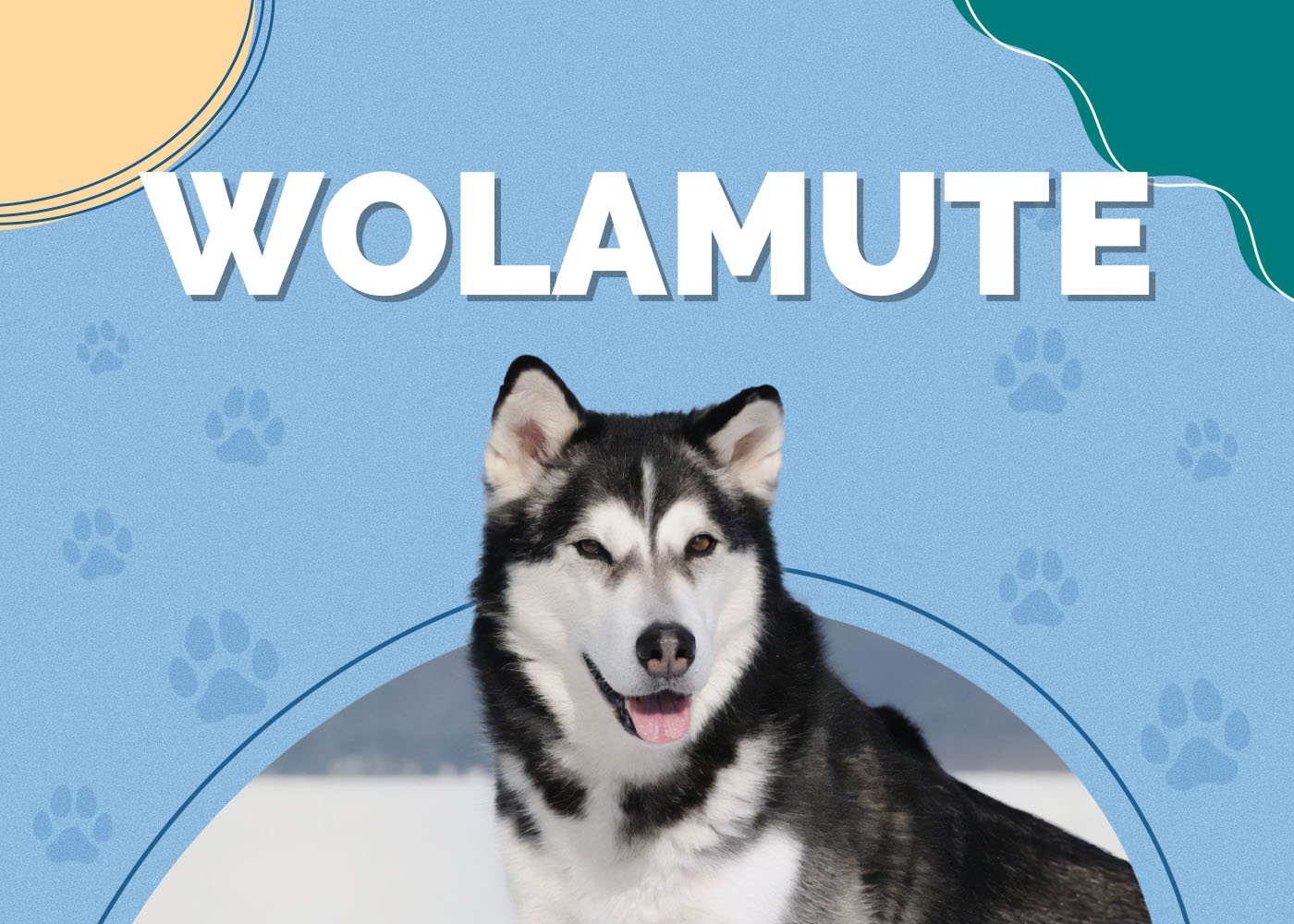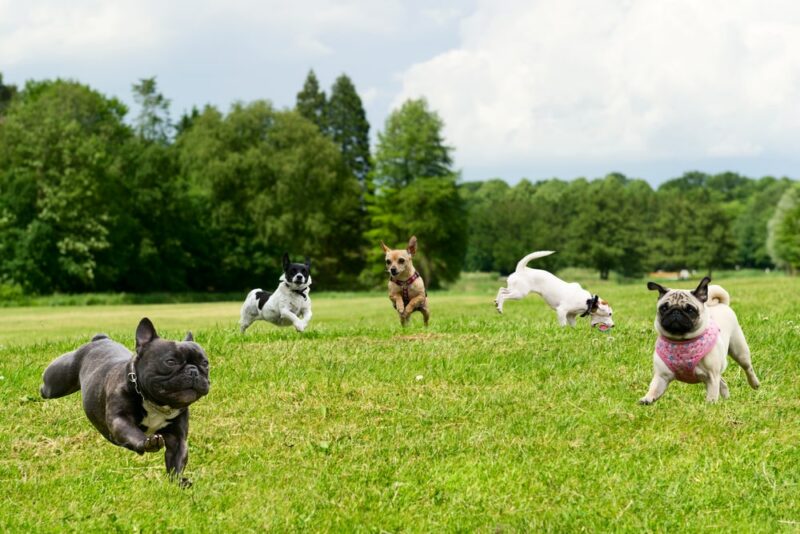Havanese vs Maltese: Key Differences (With Pictures)
Updated on
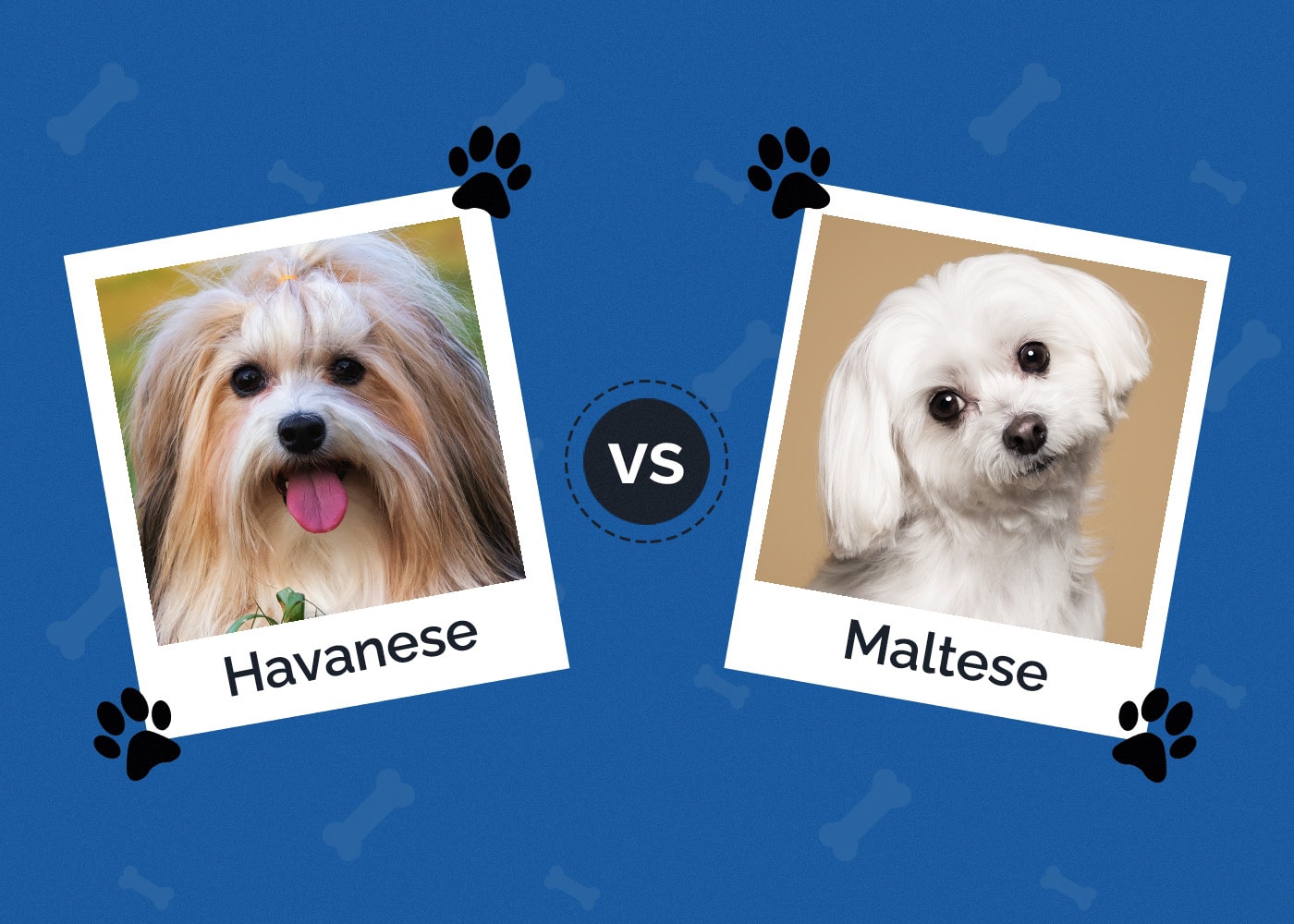
Dogs come in a wide range of sizes, colors, and breeds. Some are very much alike, while other breeds are very different. Two breeds that are alike in many ways are the Havanese and Maltese. Both are small, affectionate dogs that don’t need a lot of heavy grooming but need a lot of brushing. These dogs, however, have several differences, like most dogs. To find out what those differences are, read on. We have all the details and comparisons of the Maltese and Havanese below. It’s critical, helpful info if you’re trying to decide which breed to adopt!
Visual Differences

At a Glance
- Average height (adult): 8½–11½ inches
- Average weight (adult): 7–13 pounds
- Lifespan: 14–16 years
- Exercise: 1+ hours a day
- Grooming needs: Moderate
- Family-friendly: Yes, very
- Other pet-friendly: Yes
- Trainability: Intelligent and eager to please
- Average height (adult): 7–9 inches
- Average weight (adult): 5–7 pounds
- Lifespan: 12–15 years
- Exercise: 1+ hours a day
- Grooming needs: Moderate to high
- Family-friendly: Sometimes
- Other pet-friendly: Sometimes
- Trainability: Stubborn but not impossible
Havanese Overview
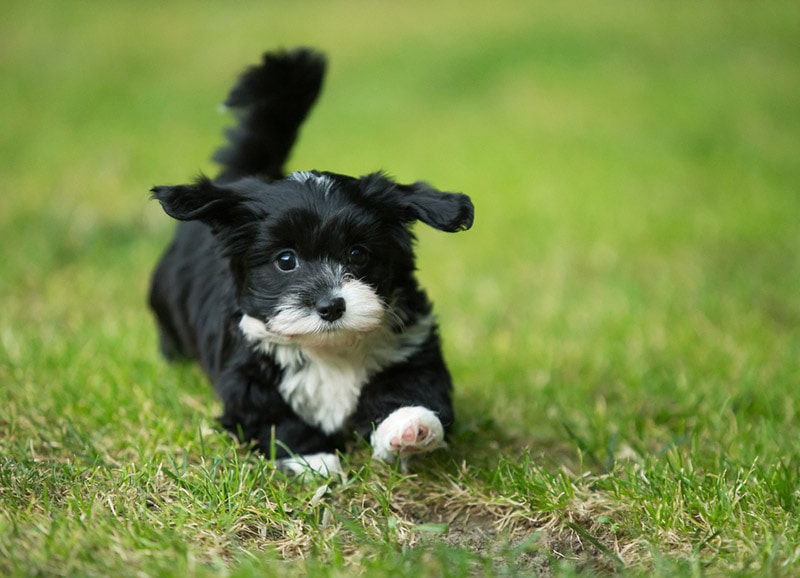
Personality / Character
One of the first facts you need to know about the only dog breed native to beautiful Cuba is that the typical Havanese is playful, happy, and has boundless energy. They also have massive brown eyes, get along well with everyone (and we mean everyone), and are as affectionate as dogs come.
Training
If there was ever a dog that was “eager to please,” it’s the Havanese. With that going for you, plus a little patience, diligence, and time, training a Havanese pup should be relatively easy and successful. It also helps that Havanese are one of the most intelligent dog breeds.
Exercise
A Havanese dog doesn’t need much exercise but will be happier and healthier if it gets at least 1 hour of physical fitness daily. Walking, running, and playing games are great ways to get them going, and younger Havanese will have plenty of energy to do so.

Grooming
You’ll spend a bit of time brushing your Havanese, but a complete grooming session is only necessary every few weeks. Daily brushing prevents matting, reduces shedding, and keeps the dog’s coat looking shiny. Establishing a grooming routine will help your dog grow accustomed to the process, and most dogs enjoy getting their hair brushed after the initial apprehension. You should also trim the dog’s nails, check its ears for infections, and brush its teeth.
Healthcare
You’ll be happy to know that the Havanese breed suffers from very few congenital issues and typically has a long lifespan. Below is a list of the health issues that affect Havanese dogs the most.
- Eye disorders
- Chondrodysplasia
- Deafness
- Heart murmurs
- Legg-Calve-Perthes disease (affects the hip joint)
- Patellar luxation
Suitable for:
The best place for a Havanese pup is in a loving home, surrounded by people and other animals that all get along relatively well. If that’s a small apartment with one or two people or a large house with a big family, a Havanese will adapt and be just as happy in both places. If you love your Havanese pup and take care of it well, it will be happy in any environment.
- Very small, compact dog
- Long-lived, like many small breeds
- Very social and agreeable
- Highly affectionate
- Make a great watchdog
- Many Havanese pups suffer from anxiety
- Potty training can sometimes be a struggle
- Excessive barking
- Tend to be a bit stubborn
Maltese Overview
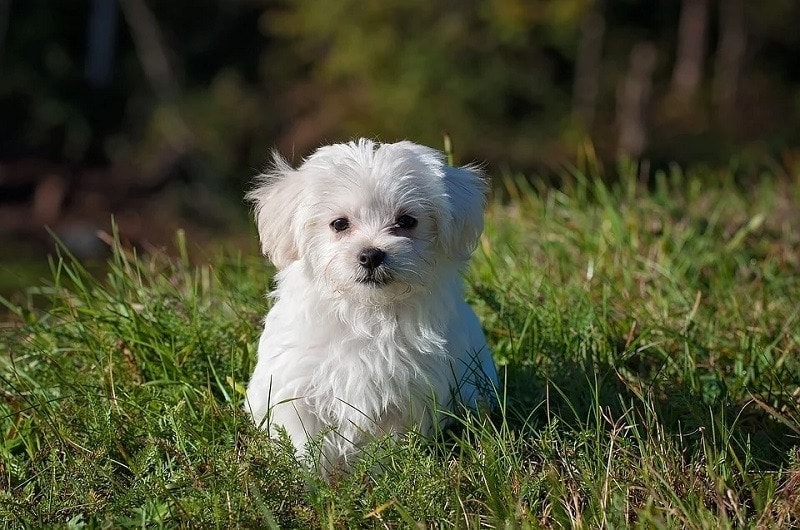
Personality / Character
One word that describes a Maltese well is “fearless”; these dogs have no fear when chasing away a stranger and make excellent watchdogs. That same diligent barking, however, is one of the breed’s few drawbacks. If you’ve been around an unruly, barking Maltese, you know they can sometimes be rather annoying. Still, Maltese make excellent, affectionate pets.
Training
While it’s not impossible to train a Maltese, it takes a lot of patience and diligence. That’s because Maltese tend to be stubborn, especially as puppies. Some will be easier than others, but you can expect to have your work cut out for you if you’re going to train a Maltese well. However, you can enroll in an obedience class with your pup if you’re struggling to train it effectively.
Exercise
Like the Havanese, the Maltese need daily exercise but not much, compared to bigger dogs. One hour or more of walks and playing games should be more than enough for a typical Maltese. Because they don’t have the endurance of larger breeds, you usually can’t take them for long runs, but they enjoy running around the yard or dog park.

Grooming
Maltese dogs don’t shed very much because they have hair instead of fur. That’s good because it means less dander and fewer problems with allergies. However, because of their luxurious coat, and the tendency it has to get messy, daily grooming will be a necessity. Brushing the dog’s hair, cleaning its teeth, checking its ears, and trimming its nails will keep it happy and hygienic.
Healthcare
Another trait the Maltese shares with the Havanese is that both are long-lived dogs with few congenital health problems that can shorten their lives. Below is a list of the health issues that affect Maltese dogs the most.
- Luxating patella
- Encephalitis (aka GME)
- Heart anomalies such as PDA (patent ductus arteriosus)
Suitable for:
Many say that a Maltese pup is perfect for first-time dog owners because they are social, friendly, smart, and relatively easy to train. However, they are tiny dogs that must be handled gently. Though fragile due to their size, Maltese dogs are highly adaptable and will be happy anywhere you go as long as they get their TLC and plenty of lap time! Whether that’s an RV traveling the country with one person, a loft apartment with a young couple, or a four-bedroom home with five kids, the Maltese will fit right in!
- Very affectionate and loving dogs
- Can keep up with any human lifestyle
- Hypoallergenic and low shedding
- Compact dogs that can go anywhere
- Excellent watchdogs
- Great with children in their family
- Daily grooming is required
- Vulnerable to attacks from larger dogs
- Suffer from separation anxiety
- Bark excessively
Which Breed Is Right for You?
There are very few significant differences between the Havanese and the Maltese besides the look of their coats. Both are tiny dogs with prominent personalities that love to bark. They’re very affectionate, live long lives, and have few genetic predispositions to health problems. Both dogs can suffer from separation anxiety but make excellent and caring companions. Lastly, due to its marvelously long coat, the Maltese needs more grooming than the Havanese. Besides that, either dog would be an excellent choice and a loving, caring pet.
Related Reads:
- Lhasa Apso Vs Havanese: How Are They Different? (With Pictures)
- Maltese vs Bichon Frise: Key Differences & Similarities
Featured Image Credit: (L) Sandra Huber, Shutterstock | (R) Kang Sunghee, Shutterstock



